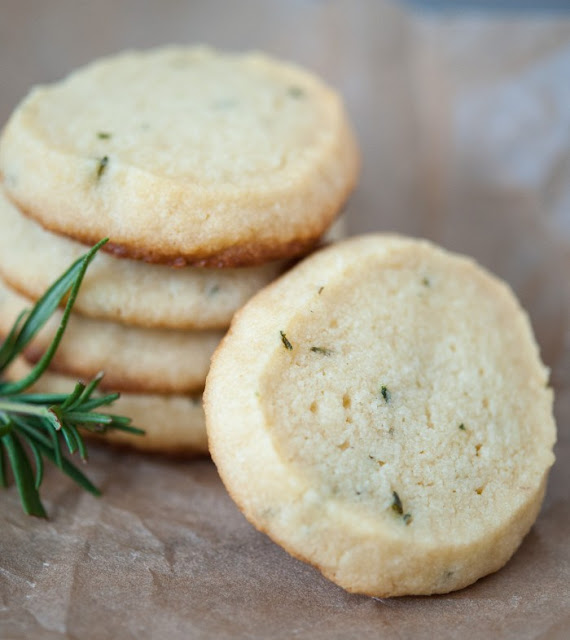When my father died, our friends and neighbours were incredibly generous with their food gifts—so much so that we ended up freezing half of what was given to us, and we were able to defrost portions for several weeks' worth of meals. Those dishes were highly appreciated, but after 17 different variations (each) of tuna casserole and baked cheesy pasta, we were close to developing scurvy.
Thick, cheesy pastas and creamy casseroles are ultimate comfort food dishes, but not only are they the default foods that most folks prepare, but they're also incredibly rich and heavy. The salad recipe that I'm sharing here is as close as I've been able to get to re-create the one that was given to us by a friend of the family during those dark days, and it's pretty much the polar opposite of heavy and creamy.
Our neighbour was a lovely Mexican lady named Marisol, and she was like a little ball of sunshine when she gave us a bowl full of spiced beans, corn, and orange peppers... and I can't even begin to tell you how much we appreciated its brightness during that time.
Not only is this salad a veritable symphony of flavours, colours, and textures, it's packed with vitamins and protein. Hers was also full of chopped cilantro, but since I'm one of only five people on the planet who like that herb, I chose to omit it here.
Ingredients:
- 2 445ml (15 oz) cans of black beans, drained and rinsed well
- 1 250ml (8.5 oz) can of corn kernels, drained
- 1 yellow, orange, or red pepper, diced (you can also use green pepper to cut down on sweetness)
- 1 medium tomato, seeded and diced, OR a handful of cherry tomatoes, seeded and quartered
- 2 small tomatillos, diced
- 1 green onion, sliced thinly
- 1 ripe avocado, peeled and diced
- 1 chipotle pepper in adobo sauce, minced finely (optional)
- 2 1/2 tablespoons olive oil
- 3 tablespoons fresh lime or lemon juice
- 1 teaspoon ground cumin
- Salt
- Black pepper
Preparation:
In a large bowl, combine the beans, corn, chopped pepper, tomato, tomatillos, onion, and avocado.
Drizzle with the olive oil, lime juice, and cumin. If you feel that it needs more acidity, add a bit more lime or lemon juice, or even a splash of wine vinegar. Add salt and pepper to taste.
If you'd like to add a bit of gentle heat to the salad, add in the minced chipotle, as it'll add warmth and spice without scorching any tongues. Most grocery stores carry it in their Mexican food section, but if not, you should be able to find it in a Mexican or South American grocery store.
You can also bulk this salad up to make it heartier by adding a cup of cooked quinoa or pasta to it, but it's really just beautiful and refreshing all on its own.
This recipe isn't paleo—no beans or corn allowed on that diet—and has to be completely re-worked to be AIP (autimmune paleo) compliant, as all nightshades are forbidden because they're inflammatory & cause a lot of grief. When I make this for myself, I have to eliminate the beans, corn, tomatoes, tomatillos, and chipotle... which pretty much just leaves the onion, avocado, and lime juice. Huzzah. Cumin is also a no-no with the AIP protocol, but I don't react badly to it; others might. Best to ask.
For an AIP version, I use diced, roasted sweet potatoes, chopped jicama, and diced cucumbers, and I also double the amount of avocado. Olive oil and lime juice are totally okay, but if I'd like a bit of heat without using any peppers, I'll add a bit of homemade horseradish sauce.
This is the kind of salad that can be adjusted in countless ways, whether to use what you have at hand, or to adapt to another's personal tastes. For those who prefer sweeter dishes, try swapping out the avocado for diced mango instead: the flavours meld rather beautifully.












